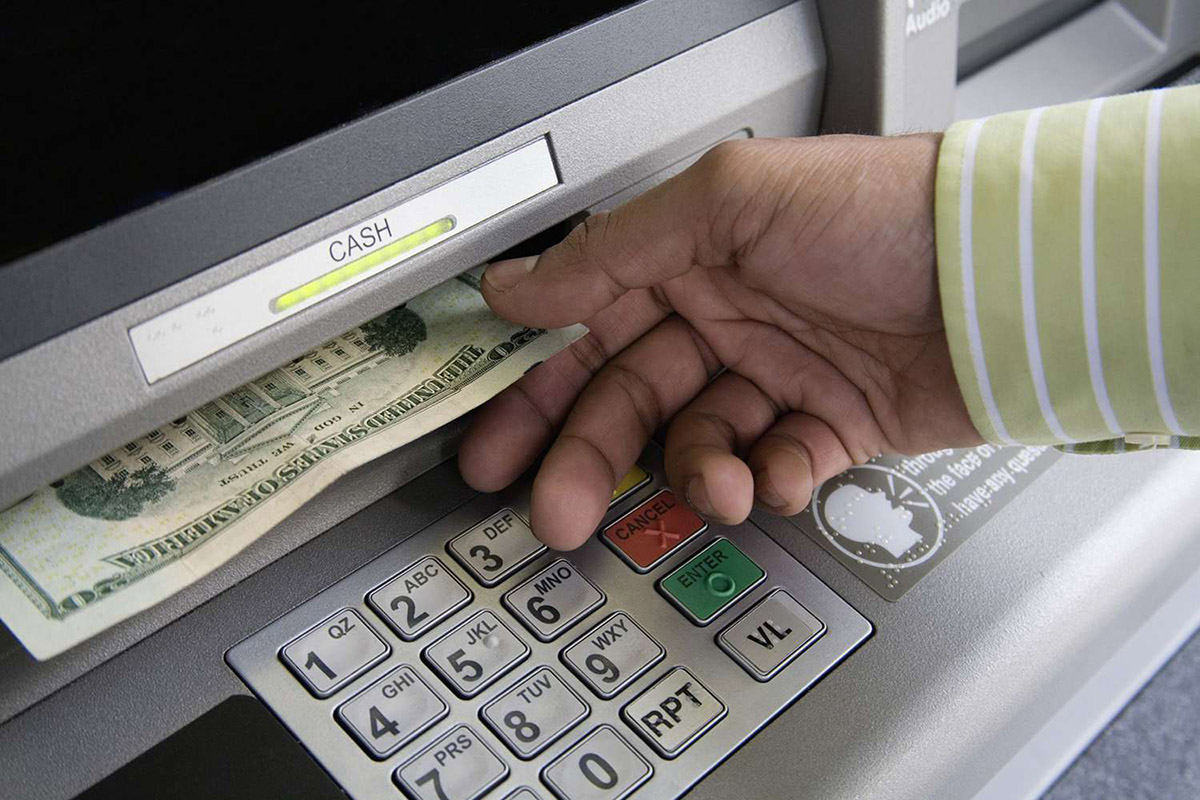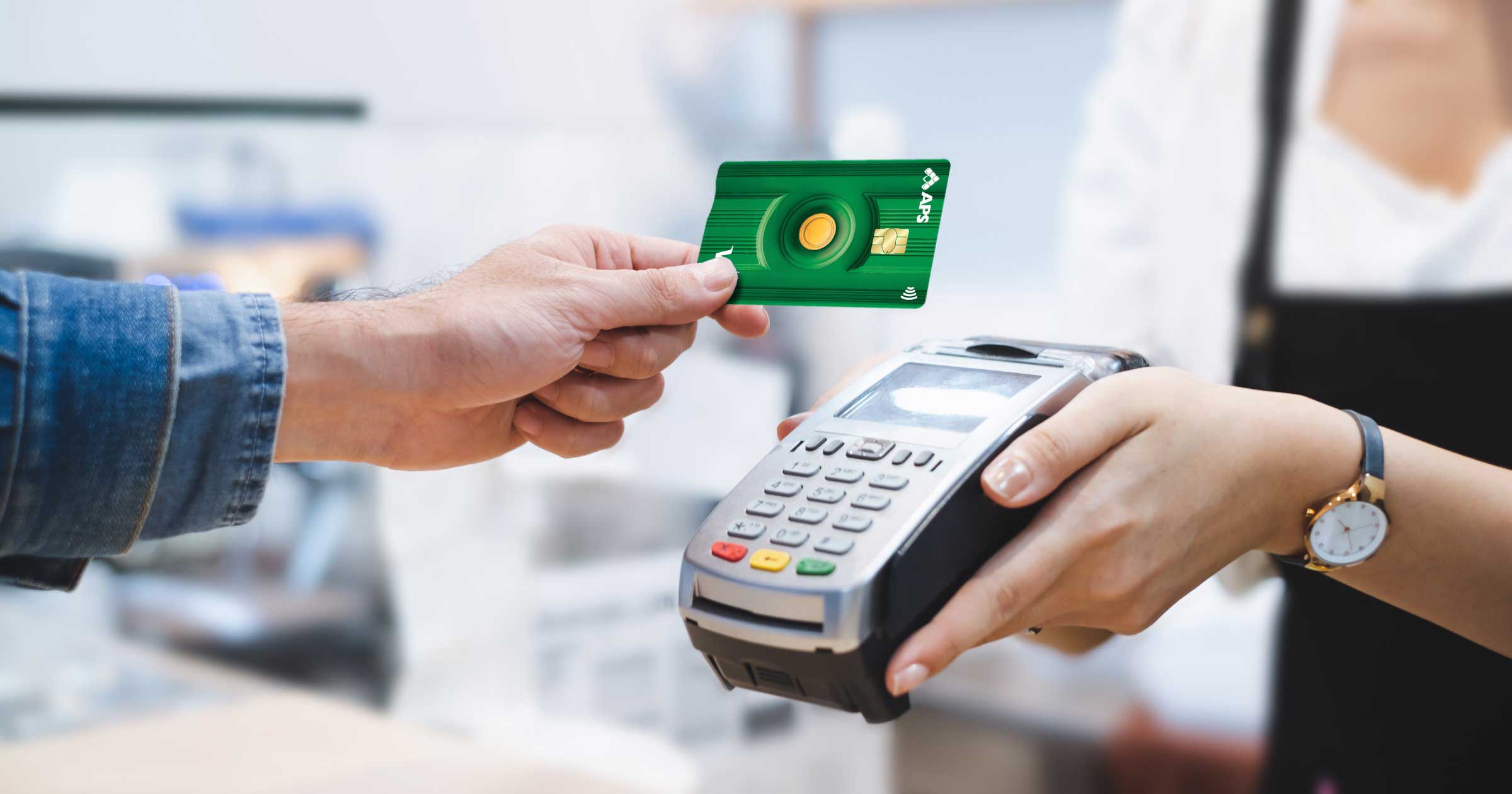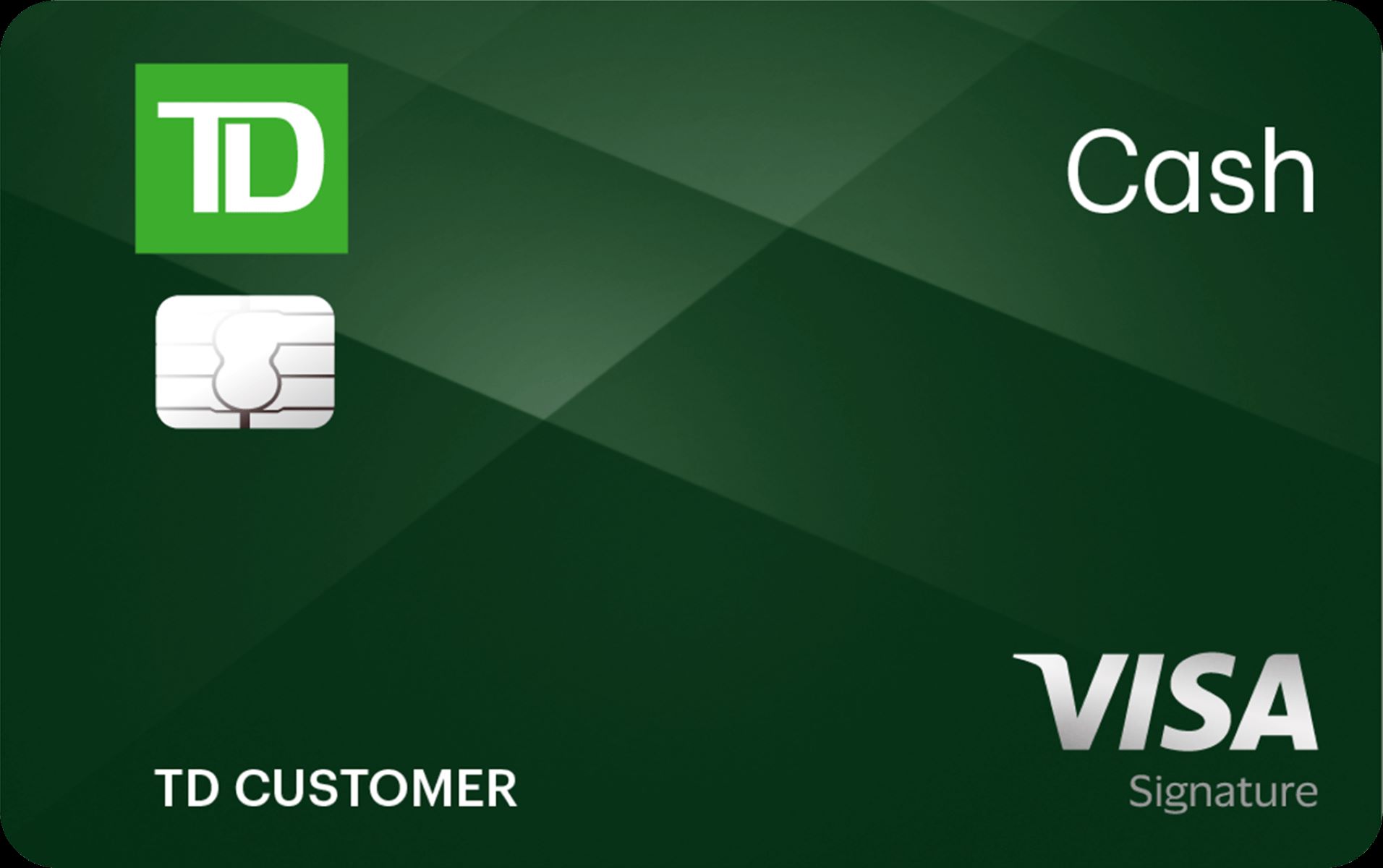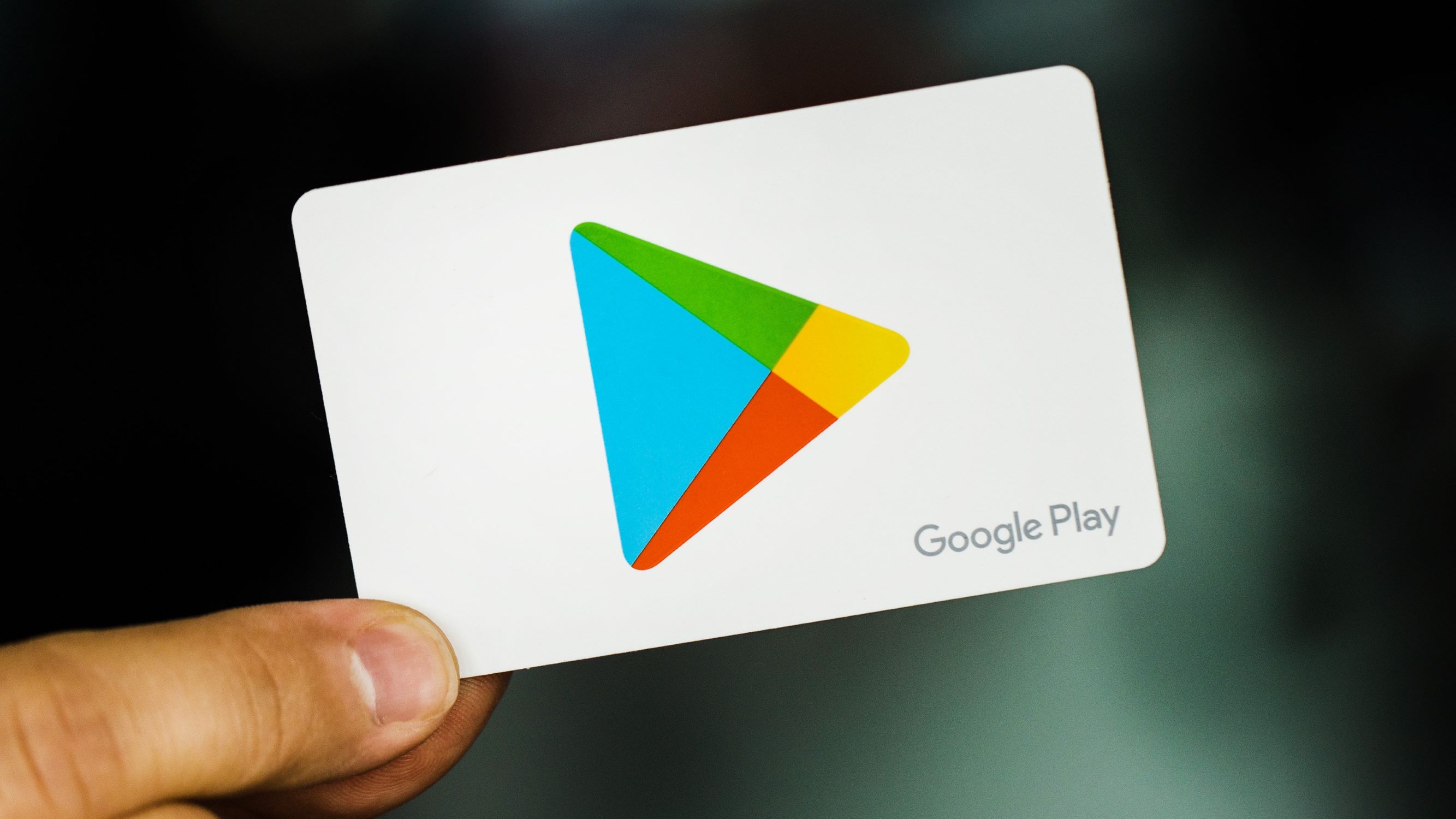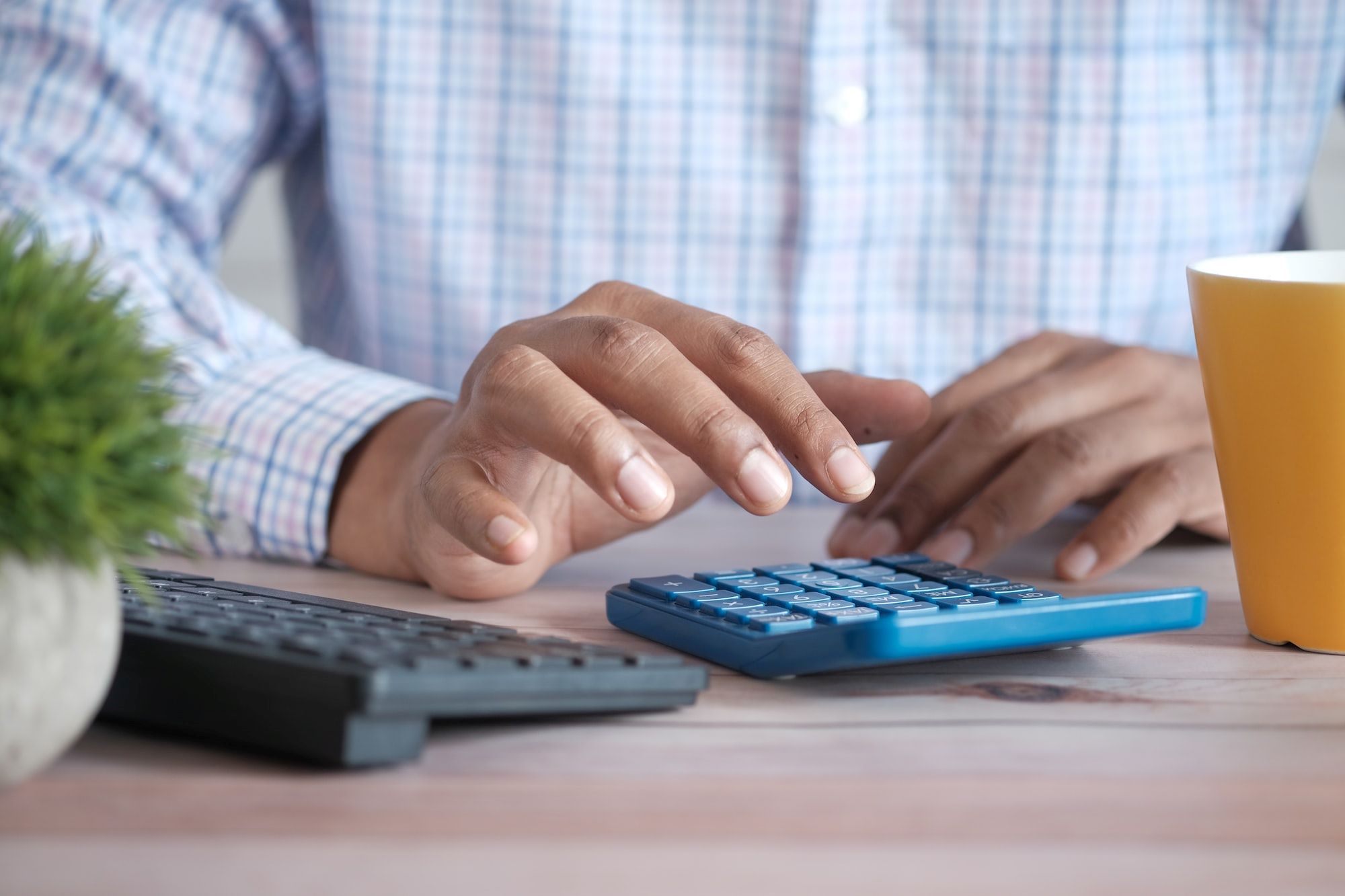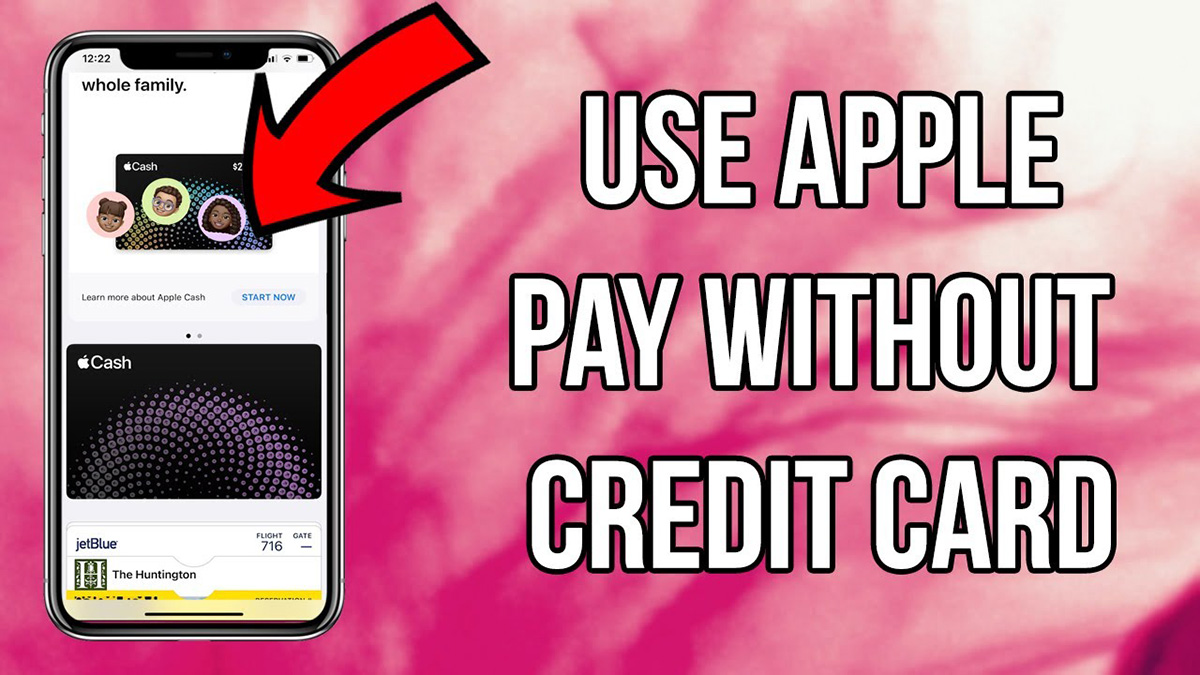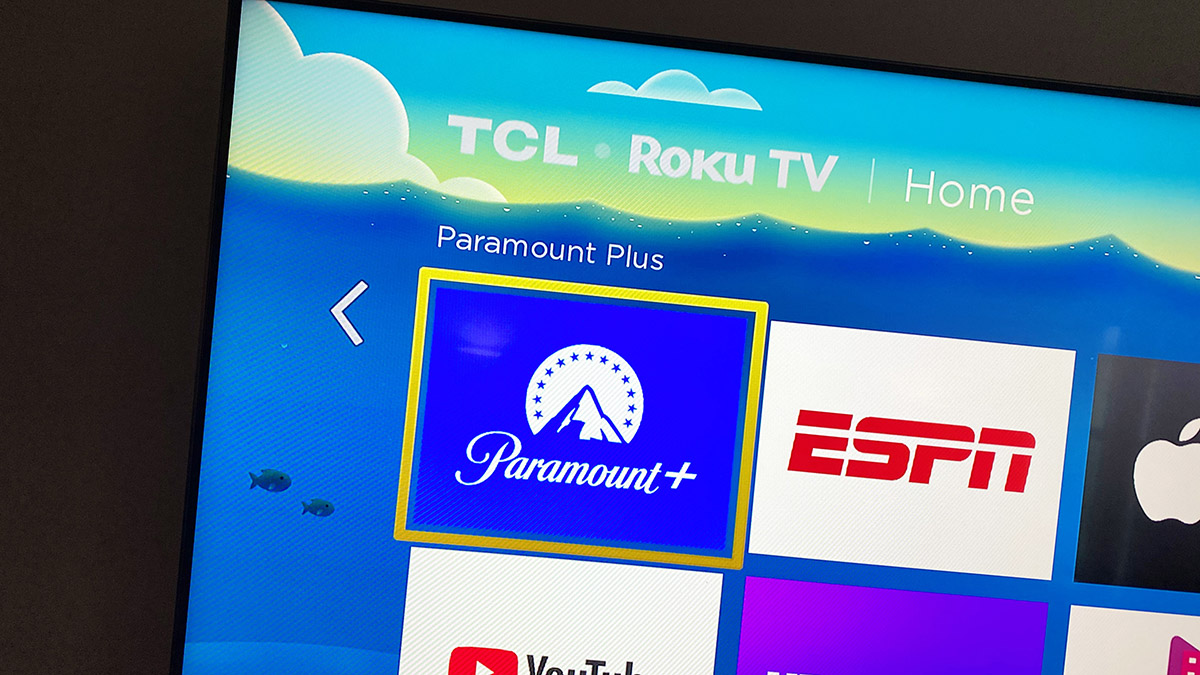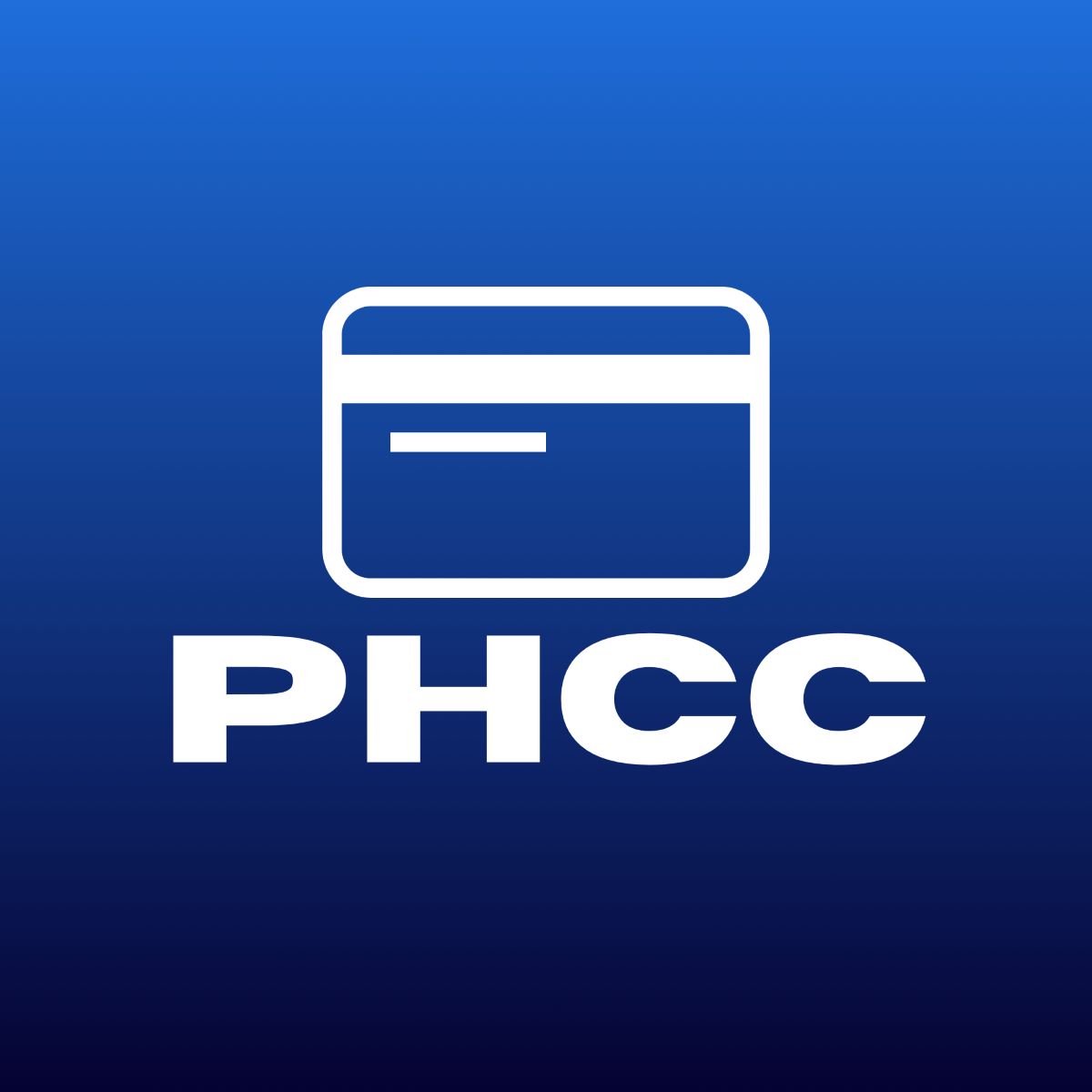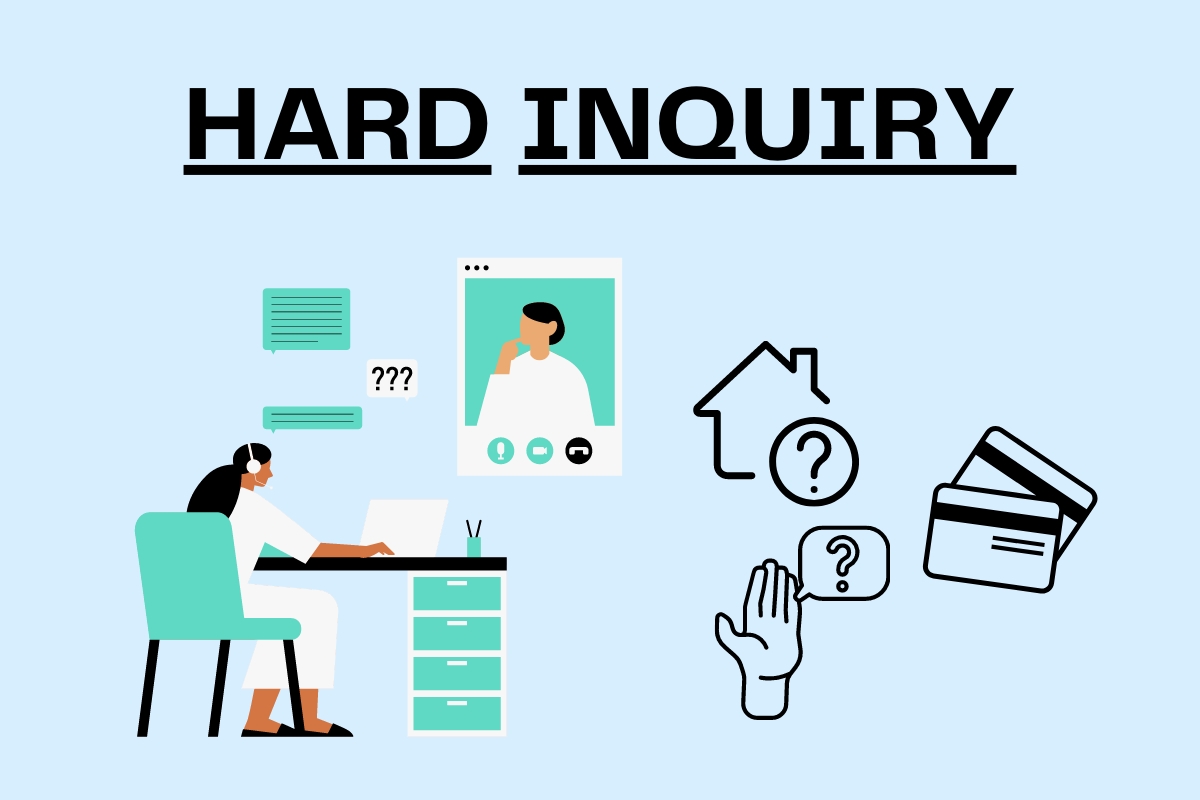Home>Finance>How To Pay A Credit Card Without A Bank Account
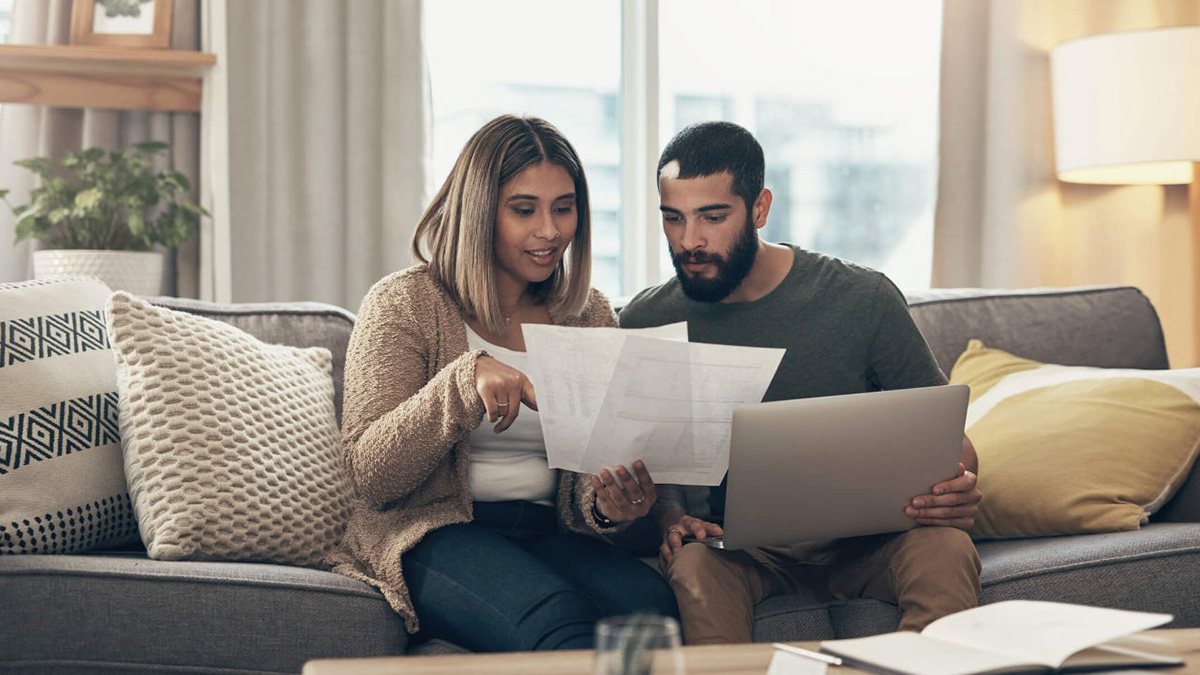

Finance
How To Pay A Credit Card Without A Bank Account
Modified: February 21, 2024
Looking to pay off your credit card but don't have a bank account? Discover effective finance tips on how to manage your credit card payments without a checking account.
(Many of the links in this article redirect to a specific reviewed product. Your purchase of these products through affiliate links helps to generate commission for LiveWell, at no extra cost. Learn more)
Table of Contents
- Introduction
- Option 1: Payment through Online Banking Platforms
- Option 2: Payment through Mobile Wallets
- Option 3: Payment through Money Order or Cashier’s Check
- Option 4: Payment through Prepaid Debit Cards
- Option 5: Payment through Third-Party Payment Services
- Option 6: Payment through Western Union or MoneyGram
- Option 7: Payment through In-Person Cash Payments
- Conclusion
Introduction
Paying a credit card without a bank account can be a challenge for many individuals. Whether you’re looking for alternative payment methods or simply don’t have access to a traditional bank account, it’s important to explore different options to ensure timely and convenient credit card payments. In this article, we will discuss several strategies to pay your credit card bill without a bank account, allowing you to manage your finances effectively and avoid any potential late payment fees or negative impacts on your credit score.
Traditionally, credit card payments are made through a bank account by setting up automatic bill payments or manually transferring funds. However, not everyone has a bank account, and there are various reasons for this, such as being unbanked or having previous banking issues. Fortunately, there are alternative methods available that can help you make credit card payments without the need for a traditional bank account.
Before exploring these options, it’s essential to understand the importance of paying your credit card bill on time. Late payments can result in hefty penalty fees and can negatively impact your credit history, making it difficult to secure loans or obtain favorable interest rates in the future. Therefore, finding alternative payment methods is crucial to avoid these consequences and maintain your financial health.
In the following sections, we will explore different payment options that can help you pay your credit card bill without a bank account. These alternatives include online banking platforms, mobile wallets, money orders or cashier’s checks, prepaid debit cards, third-party payment services, Western Union or MoneyGram, and in-person cash payments. Each option has its own advantages and considerations, allowing you to choose the most suitable method based on your specific circumstances.
Option 1: Payment through Online Banking Platforms
One of the most convenient ways to pay your credit card bill without a bank account is through online banking platforms. Many credit card companies offer online payment options that allow you to transfer funds directly from your savings or checking account to your credit card account. However, if you don’t have a bank account, you can still utilize online banking platforms by using alternative payment methods, such as prepaid debit cards or third-party payment services.
To make a payment through an online banking platform without a bank account, you will need to have access to the internet and a computer or smartphone. Here are the steps to follow:
- Visit the website or mobile app of your credit card provider. Ensure that they offer online payment options.
- Locate the “Payment” or “Pay My Bill” tab on the credit card provider’s website or app. Click on it to proceed with the payment process.
- Choose the payment method as “Payment through Online Banking” or similar. This option will allow you to utilize online banking platforms.
- At this point, you will be redirected to a secure payment page where you need to enter the required information, such as your credit card details and the payment amount.
- If you don’t have a bank account, you can select the option to pay through a prepaid debit card or a third-party payment service, if available.
Depending on your credit card provider, you may have the option to save your payment details for future payments or set up automatic recurring payments to avoid missing due dates. This ensures that your credit card bill is paid on time, even without a bank account.
It’s important to note that there may be fees associated with using online banking platforms or alternative payment methods. Be sure to review the terms and conditions of your credit card provider regarding fees for non-traditional payment methods to make an informed decision.
Overall, paying your credit card bill through online banking platforms provides a convenient and secure method to manage your payments, even if you don’t have a bank account. It’s advisable to keep track of your payment history and ensure that payments are made on time to avoid any penalties or negative impacts on your credit score.
Option 2: Payment through Mobile Wallets
With the increasing popularity of smartphones, mobile wallets have become a convenient and widely-used method of payment. Mobile wallets, such as Apple Pay, Google Pay, or Samsung Pay, enable users to store their credit card information and make secure payments through their mobile devices. This option can be particularly useful for individuals who don’t have a bank account but have access to a smartphone.
To pay your credit card bill using a mobile wallet, follow these steps:
- Ensure that your credit card provider supports payments through mobile wallets. Most major credit card companies offer this option, but it’s always a good idea to double-check.
- Download and install the mobile wallet app that is compatible with your smartphone. You may need to input your credit card information during the setup process.
- Link your credit card to your mobile wallet by following the provided instructions. This usually involves entering the credit card details and verifying your identity.
- Once your credit card is successfully added to the mobile wallet, you can make payments by simply opening the app and using your smartphone to tap or scan the payment terminal at the point of sale.
- Open your mobile wallet app and select the credit card you want to use to make the payment.
- Confirm the payment details, such as the amount to be paid, and authorize the transaction using your device’s security measures, such as a PIN, fingerprint, or facial recognition.
Mobile wallets provide a convenient and secure way to make credit card payments without the need for a bank account. They utilize near-field communication (NFC) technology to transmit payment information securely, making them a reliable option for in-store and online purchases.
It’s important to ensure that your smartphone has the necessary security measures in place to protect your mobile wallet and credit card information. Set up a strong password or biometric authentication on your device to prevent unauthorized access.
Additionally, some mobile wallets offer features like transaction history and spending analysis, allowing you to keep track of your credit card payments and better manage your finances. Take advantage of these features to stay organized and make informed financial decisions.
While mobile wallets offer convenience, it’s crucial to keep in mind the associated fees or charges, if any. Some credit card providers may have specific terms and conditions regarding mobile wallet payments, so be sure to familiarize yourself with the guidelines to avoid any surprises.
Overall, payment through mobile wallets provides a user-friendly and secure option for individuals without a bank account. With a few simple steps, you can easily make payments using your smartphone and stay on top of your credit card bills.
Option 3: Payment through Money Order or Cashier’s Check
If you prefer a more traditional method of payment or don’t have access to online banking or mobile wallets, paying your credit card bill through a money order or cashier’s check is another viable option. Money orders and cashier’s checks are widely accepted forms of payment and can be obtained from various financial institutions, post offices, or retail stores.
To make a credit card payment using a money order or cashier’s check, follow these steps:
- Visit a local financial institution, post office, or retail store that offers money order or cashier’s check services. Ensure that they are authorized to issue these payment instruments.
- Provide the necessary funds to the cashier and specify the amount you wish to include in the money order or cashier’s check.
- Fill out the required information on the money order or cashier’s check, including the recipient’s name (your credit card company) and your credit card account number.
- Double-check the accuracy of the information provided, ensuring that there are no errors or misspellings.
- Pay any applicable fees for obtaining the money order or cashier’s check.
- Keep the receipt or a copy of the money order or cashier’s check for your records.
- Mail the money order or cashier’s check to the designated address provided by your credit card company. Alternatively, some credit card providers may allow you to drop off the payment at their local branch or payment center.
It’s important to note that money orders and cashier’s checks are considered guaranteed forms of payment since they are prepaid. This adds an extra layer of security compared to personal checks. However, it’s advisable to keep the receipt or a copy of the money order or cashier’s check for proof of payment in case any issues arise.
Be aware that there may be fees associated with obtaining money orders or cashier’s checks. These fees can vary depending on the location and service provider, so it’s a good idea to inquire about the costs beforehand to budget accordingly.
Additionally, it’s crucial to allow sufficient time for the payment to reach your credit card company. Mail delivery times may vary, so plan ahead and send the payment well in advance of the due date to avoid any potential late fees or penalties.
Paying your credit card bill through a money order or cashier’s check offers a reliable and traceable method of payment, making it a suitable option for individuals without a bank account or access to online payment platforms. By following the necessary steps and adhering to the guidelines provided by your credit card company, you can ensure that your payments are processed securely and in a timely manner.
Option 4: Payment through Prepaid Debit Cards
Another alternative method for paying your credit card bill without a bank account is using prepaid debit cards. Prepaid debit cards are reloadable cards that can be loaded with funds and used for various transactions, including making credit card payments. These cards are widely available and can be purchased from banks, online retailers, or in-person at supermarkets and convenience stores.
To make a credit card payment using a prepaid debit card, follow these steps:
- Purchase a prepaid debit card from a reputable provider. Ensure that the card can be used for online and bill payments.
- Activate the prepaid debit card by following the instructions provided. This usually involves registering the card and providing necessary identification information.
- Load the card with the desired amount of funds, ensuring that it covers the payment you wish to make for your credit card bill.
- Check if your credit card company accepts payments from prepaid debit cards. Most major credit card providers do, but it’s always advisable to confirm.
- Visit the website or call the customer service line of your credit card provider to initiate the payment process.
- When prompted to enter your payment method, select the option “Prepaid Debit Card” or similar if available.
- Enter the necessary details from your prepaid debit card, including the card number, expiration date, and security code.
- Confirm the payment details and authorize the transaction following the instructions provided.
Using a prepaid debit card offers convenience and flexibility, as you can load the card with the exact amount needed for your credit card payment. Additionally, prepaid debit cards can be used for other purchases, making them a versatile financial tool.
It’s important to note that there may be fees associated with purchasing and using prepaid debit cards. These fees can include activation fees, monthly maintenance fees, transaction fees, and ATM withdrawal fees. Review the terms and conditions of the prepaid debit card before purchasing to understand the potential costs and choose a card with the most favorable fee structure.
Furthermore, keep track of the remaining balance on your prepaid debit card to ensure you have enough funds for future credit card payments. Reload the card as needed to avoid any payment complications or declined transactions.
Paying your credit card bill using a prepaid debit card allows you to make timely payments without the need for a traditional bank account. With proper management and oversight, prepaid debit cards can serve as a practical and convenient option for individuals seeking alternative payment methods.
Option 5: Payment through Third-Party Payment Services
As technology continues to advance, an increasing number of third-party payment services have emerged, offering convenient and secure ways to make credit card payments. These services act as intermediaries between you and your credit card company, allowing you to transfer funds without the need for a traditional bank account. Some popular third-party payment services include PayPal, Venmo, and Square Cash.
To pay your credit card bill using a third-party payment service, follow these steps:
- Create an account with the third-party payment service of your choice, ensuring that it supports credit card payments.
- Link your credit card to your account by providing the necessary information, such as the credit card number, expiration date, and security code.
- Verify your identity by following the instructions provided by the third-party payment service. This may involve confirming your email address, phone number, or providing additional identification documents.
- Once your credit card is successfully linked, you can initiate a payment to your credit card company by selecting the appropriate option within the third-party payment service’s app or website.
- Enter the payment amount and any necessary details, such as your credit card account number or billing address.
- Confirm the payment and authorize the transaction through the third-party payment service’s security measures, such as a password, PIN, or fingerprint authentication.
Using third-party payment services offers the advantage of convenience and flexibility. These services often provide additional features, such as the ability to split payments, request money from friends or family, and track your transaction history.
It’s important to note that third-party payment services may charge fees for certain transactions or services. These fees can vary depending on the service provider and the specific transaction being performed. Review the terms and conditions of the third-party payment service to understand any potential costs and fees associated with using their platform.
Be mindful of the security measures provided by the third-party payment service and take steps to protect your account and personal information. Enable two-factor authentication and regularly monitor your transactions to ensure the security of your credit card payments.
Paying your credit card bill through a third-party payment service offers a convenient and alternative method for individuals without a bank account. By utilizing these services, you can manage your finances effectively and make timely credit card payments without the need for a traditional banking institution.
Option 6: Payment through Western Union or MoneyGram
When it comes to making credit card payments without a bank account, Western Union and MoneyGram are two reliable options that provide accessible and widespread money transfer services. These companies allow you to send funds quickly and securely to your credit card company, even if you don’t have a bank account.
To make a credit card payment through Western Union or MoneyGram, follow these steps:
- Locate a Western Union or MoneyGram agent location near you. These can typically be found at post offices, supermarkets, or check-cashing stores.
- Bring the necessary funds in cash to the agent location. Ensure that you have enough money to cover your credit card payment and any associated fees.
- Fill out the required form provided by the agent. Provide the recipient’s information (your credit card company details), your contact information, and the payment amount.
- Submit the form to the agent along with the payment amount in cash. Take note of any transaction or reference number provided to track the payment.
- Obtain a receipt from the agent, along with any other relevant documentation. This will serve as proof of payment.
After completing these steps, Western Union or MoneyGram will process the payment and send the funds to your credit card company. The payment will typically be applied to your credit card account within a few business days.
It’s important to note that Western Union and MoneyGram charge fees for their services, which can vary depending on the amount being transferred and the destination. Inquire about the fees upfront to ensure you have a clear understanding of the total cost of the transaction.
Additionally, keep in mind that sending funds through Western Union or MoneyGram requires physical presence at an agent location. If access to transportation is limited or inconvenient, consider other payment options mentioned earlier, such as online banking platforms or third-party payment services.
Paying your credit card bill through Western Union or MoneyGram offers a reliable and widely accessible method for individuals without a bank account. Ensure that you provide accurate recipient information and retain the receipt or documentation as proof of payment. By using these money transfer services, you can effectively manage your credit card payments and avoid any potential late fees or penalties.
Option 7: Payment through In-Person Cash Payments
If you prefer handling your credit card payments in-person and don’t have a bank account, paying with cash directly to your credit card company is a viable option. Many credit card providers offer the option to make cash payments at their local branches or payment centers, allowing you to settle your bill without the need for a traditional bank account.
To make a credit card payment through an in-person cash payment, follow these steps:
- Locate the nearest branch or payment center of your credit card company. This information can typically be found on their website or by contacting their customer service.
- Gather the necessary funds in cash to cover your credit card payment.
- Visit the branch or payment center during their operating hours. Bring proper identification and any relevant account information to ensure a smooth transaction.
- Inform the customer service representative that you would like to make a cash payment for your credit card account. Provide them with your credit card details and the payment amount.
- Hand over the cash payment to the representative, who will process the payment and provide you with a receipt as proof of payment.
After completing these steps, your cash payment will be applied to your credit card account, typically within a few business days. It’s important to retain the receipt or any other documentation provided as proof of payment.
While making in-person cash payments offers a straightforward method, it’s crucial to check the working hours and availability of the branch or payment center. Ensure that you allow enough time for the payment to be processed and credited to your account before the due date.
In some cases, credit card companies may charge a fee for in-person cash payments. It’s recommended to inquire about any applicable fees beforehand, so you are aware of the total cost you will incur.
Paying your credit card bill through in-person cash payments provides a tangible and direct method for individuals without a bank account. By visiting the local branch or payment center, you can fulfill your payment obligations and effectively manage your credit card bills.
Conclusion
Paying a credit card bill without a traditional bank account is possible, thanks to the availability of alternative payment methods. Whether you choose to pay through online banking platforms, mobile wallets, money orders or cashier’s checks, prepaid debit cards, third-party payment services, Western Union or MoneyGram, or in-person cash payments, there are various options to suit your needs and preferences.
It’s essential to understand the importance of paying your credit card bill on time to avoid late payment fees and negative impacts on your credit score. Exploring alternative payment methods allows you to stay on top of your finances and maintain a healthy financial reputation.
When deciding on a payment method, consider factors such as convenience, accessibility, fees, and security. Choose an option that aligns with your financial situation and provides the necessary features to manage your credit card payments effectively.
Remember, each payment option has its own advantages and considerations. Online banking platforms offer convenience and flexibility, while mobile wallets provide a user-friendly and secure method. Money orders or cashier’s checks offer a more traditional approach, while prepaid debit cards offer versatility and control. Third-party payment services provide convenience and additional features, and Western Union or MoneyGram offer accessible money transfer services. In-person cash payments provide a tangible and direct method for those who prefer face-to-face transactions.
By selecting the most suitable payment method for your needs, you can ensure that your credit card bill is paid in a timely manner, even without a bank account. Be diligent in tracking your payment history and staying informed about any fees or charges associated with the chosen payment method.
Ultimately, managing your credit card payments without a bank account requires resourcefulness and the willingness to explore alternative solutions. By utilizing the options discussed in this article, you can successfully make credit card payments and maintain your financial well-being.
